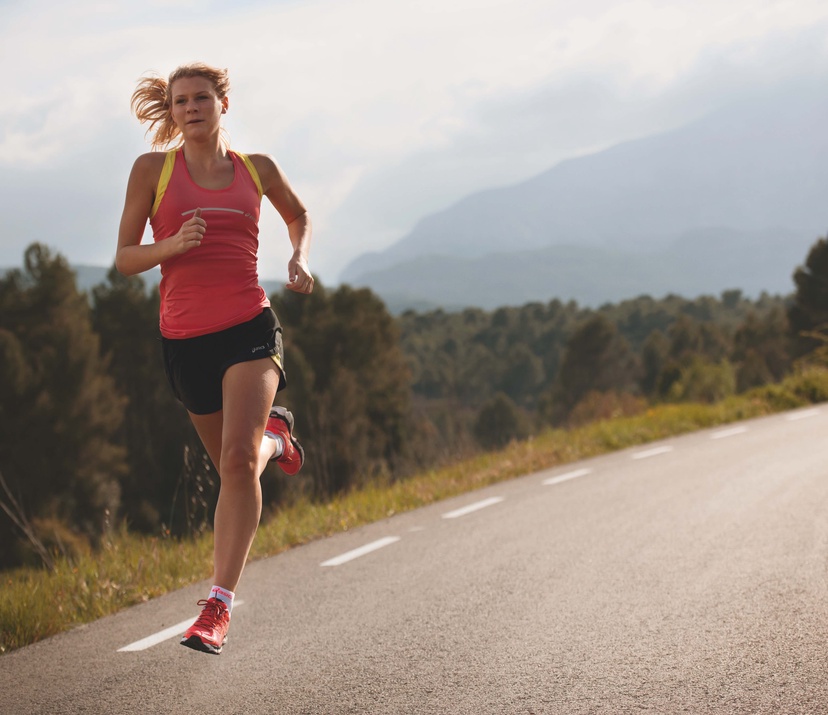Natural running is more than a current trend. It’s become a big part of many elite runners’ training regimes. So what are the benefits and how do you effectively make it a part of your training?
Natural running means using specially designed shoes that give you a more direct ground feeling. The shoes cut away only the essentials and let your feet move naturally. It’s a different style of running that feels unrestricted, flexible and smooth.
Why natural running?
Thousands of road runners feel the benefit of natural running, and use natural running shoes as a frequent alternative to their “first” running shoes.
- Develop a more efficient gait with a shoe that encourages a smooth, natural running motion
- Land on your mid-foot to evenly distribute your weight and use your body’s own natural cushioning
- Strengthen your lower leg with technologies designed to train your foot muscles
- Prevent injuries with stronger foot muscles developed over time using the shoes
Starting to run naturally
Natural running is a more demanding style of running. Along with its obvious rewards, it requires more of as a runner. Here are some tips to get you started:
- Start off gently
Your first few natural runs will test your calf muscles and Achilles tendons more than usual. So start off slowly and run about 3-4 kilometres per week in your new natural running shoes.
- Get the right shoe
There are different types of natural running shoe – each one has been stripped back to varying levels. Finding the right one can make your running safer and more enjoyable. See the full range of natural running shoes
- Mix up your running
Natural running should be one part of your overall training regime. It’s recommended to run 1-2 times a week in natural running shoes. The benefits of this variation are fewer injuries and a more efficient gait. See how mixing up your training helps you improve as a runner
- Be careful if you’re an overpronator
Flatfooted runners need to be particularly careful. Running in natural running shoes might overload your joints, so listen to your body and adjust the frequency of your natural running.
- Strengthen key muscles
Since it’s a more demanding style of running, exercises that work out important muscle groups can really help your performance. Try out these stretches for improving your natural running technique

